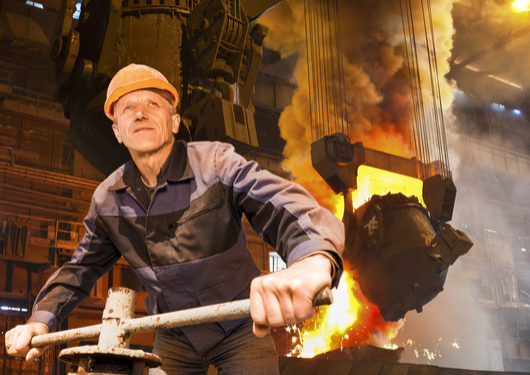
Visit Our Sponsors |
|
|
|
|
|
|
|
|
|
|
|
|
|
|
|
|
|
|
|
|
|
|
|
|
|
|
|
|
|
|
|
|
|
|
|
|
|
|
|
|
|
|
|
|
|
|
|
|
|
|
|
|
|
|
|
|
|
|
|

For years, steel has been losing share to aluminum, alloys and plastics. While steel parts are stronger and cheaper, they’re heavier. Automakers wanted lighter vehicles that pollute less. In 2014, ArcelorMittal was stunned when customer Ford Motor Co. said it would remove about 700 pounds (320 kilograms) of steel from its F-150 pickup trucks by using more aluminum, mostly in the outer body.
But steel could get a boost as the world adds more electric vehicles from the likes of Tesla Inc. and Nissan Motor Co. With no internal-combustion engine to worry about, ArcelorMittal says designers may favor strength, durability and cost in the materials they use. And steelmakers have improved their products, developing lighter alternatives to win back business.
“Safety will be front and center for many years to come,” said Gregory Ludkovsky, the 67-year-old scientist and engineer who heads ArcelorMittal’s research and development center in Montataire, France. “The most precious cargo is people. But the battery is also a precious cargo and requires specific protection. You need steel to protect both. I believe that electric vehicles create a very serious problem for the aluminum industry.”
Steel remains a dominant component for most vehicles, with about 900 kilograms in the average car. While aluminum accounts for just 180 kilos, that share has been growing. By 2020, more frames will be made of the lightweight metal, boosting its average to about 211 kilos, according to Drucker Worldwide, an auto-industry researcher based in Troy, Michigan.
RELATED CONTENT
RELATED VIDEOS
Timely, incisive articles delivered directly to your inbox.


